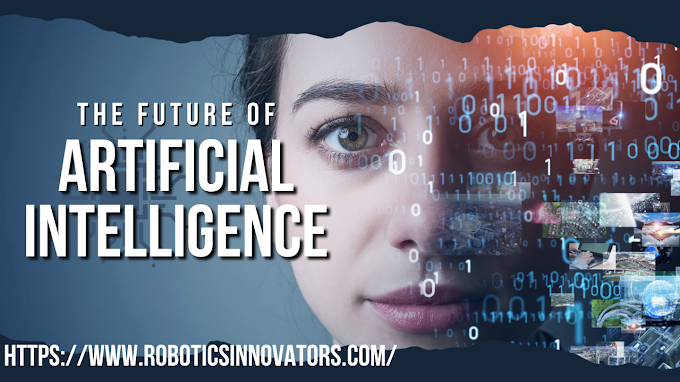Robot Software Information Display all manufacturers of Robot Software.
Robots are programmed using Robot Software, which gives the Machine instructions on how to carry out certain autonomous activities. Specifically, it is the programmed commands that direct a robot's actions and movements and instruct it on what duties to perform. Robotsoftware is used to automate tasks as well as conduct tasks for users. Robot programming is a challenging task. To make programming robots easier, several software frameworks and techniques have been suggested. Robotsoftware with an adaptive programming goal, or AI, tries to have robots program themselves in some way.
Specifications
With an extra 160,000 sold per year, it was predicted that there were over 1,5 million Robots in use in industrial applications globally in 2013. The fact that the majority of robot hardware manufacturers also provide their own Software presenteds a challenge in this industry. Diese lack of programming uniformity for robots does present issues, despite the fact that it is typical in many automated control systems. Fortunately, these proprietary systems share a lot of commonalities, so having a solid foundation in robot programming should help you get started. Having a solid foundation in fundamental programming concepts is also beneficial. Robot programmers should have a solid foundation in the following programming languages: Basic/Pascal, LISP, Assembly, MATLAB, C#/.NET, Java, Python, and C/C++.The structure of most Robot-Programming is standardized. They are divided in vier Main Sections:
The program's declarations and variables files specify variables and define constants.
Blocks of code are created by subroutines and functions to reduce repetition-related mistakes.
The primary routine begins with initialization.
The main loop sets up the robot's right response and movement while awaiting the sensor, timer, and other inputs.
Features
Robot Programs Simulating a process in the real world in a virtual environment is what Simulation, broadly speaking, entails. A virtual model of a robot is produced via the Simulation process in Robotics. The physical design and the computer code are also included in this model.
3-D modeling and rendering are frequently used in Robotics Simulation in a built-environment that mimics the actual Robot-environment. A whole set of input variables may be cycled throughafter the model is set up to illustrate all loading and other problematic scenarios. The computer code that will be installed in the real physical Robot is part of a thorough Simulation effort.
Simulating robots offers both benefits and drawbacks. Low costs for a brand-new robot design, the ability to test code according to requirements, cost-free adjustments, the ability to test individual components, and the ability to divide complicated projects into manageable pieces are all benefits. The length of the design project may be decreased, and most simulation tools allow for a thorough simulation to determine whether the robot will satisfy standards.
Packages connect to several different programming languages. The virtual construct could not be as durable as the real environment, because Simulation systems only imitate the things that are put in them als Drawbacks.
A software platform that automates and streamlines programming is known as a robotic software platform. These Platforms may be frequently used with a variety of robotic instruments. It does this by establishing a single environment for service execution and programming. Additionally, it produces a collection of reusable parts in a „library". Modules for Simulation and Debugging will be available on a successful platform. It will have a bundle of drivers for the majority of popular robotics gear and a library of common inputs and outputs, including computer output, to optimize Integration across multiple systems.








.jpg)




